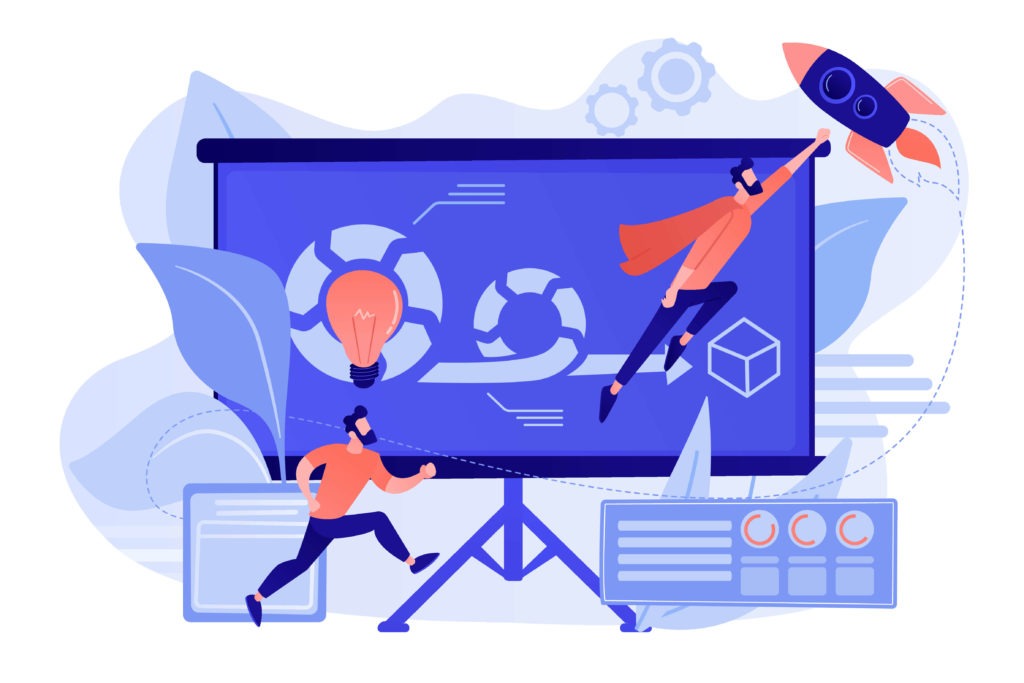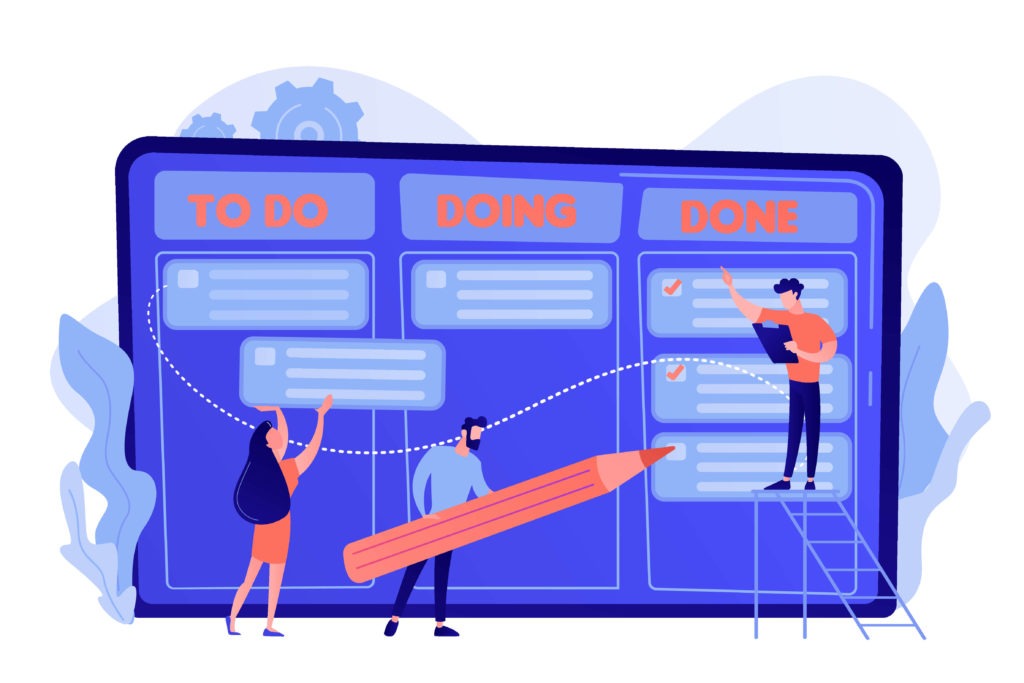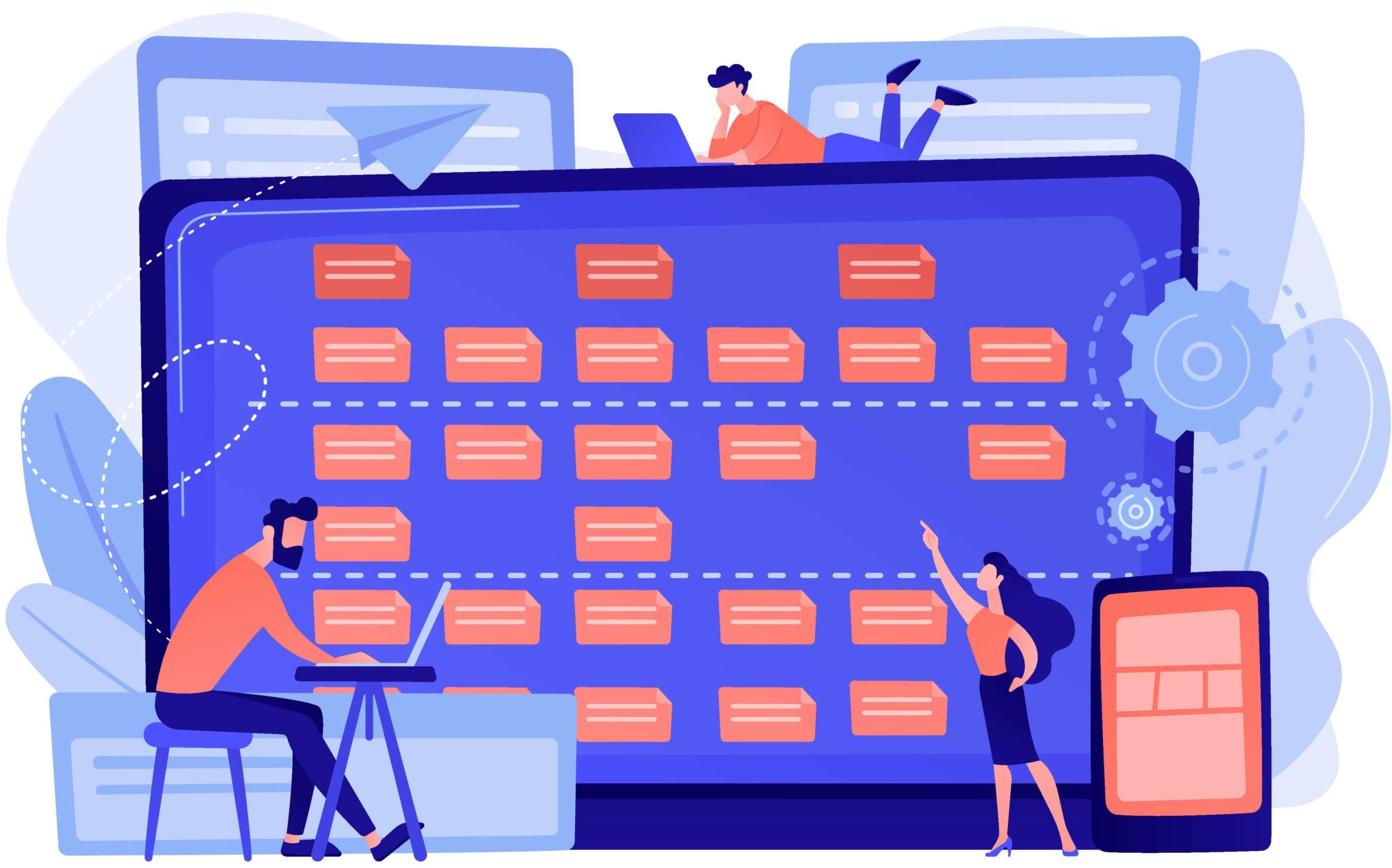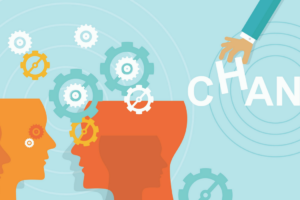Technology Innovation – Which Is the Best Implementation Methodology for Your Organisation?
When organisations are about to embark on an important technology innovation journey, one of the first decisions to make is which is the best implementation methodology to manage the project. With so many different methodologies, each offering unique benefits and drawbacks, and even in some cases overlapping approaches, how can you know which project management methodology is best? In this article, we will be analysing the different options in practice today, so you can evaluate which is the best fit for your project and organisation.
Implementation Methodologies
Two-speed Strategy or the Bimodal Practice
A few years ago, when companies were beginning to take serious steps into the digital transformation journey, IT organisations supporting those digital initiatives found themselves needing to work in faster, more collaborative and more flexible ways. The term Bimodal or Two Speed IT was coined by Gartner and proposed the practice of managing two separate but coherent styles of work: one focused on predictability; the other on exploration. The Mode 1 would be for ‘traditional IT’ business systems like your ERP or HRMS/HCM and a Mode 2, was focused on the digitisation of the business in an Agile way. Both modes look to drive organisational change and digital transformation by unifying a more predictable evolution of products and technologies in Mode 1 with the innovative and iterative change in Mode 2. Each Mode presents two very distinct sets of planning and project needs, and doing it within a single business methodology structure of IT would be impractical; hence, this idea that you have two modes for your IT organisation:
Mode 1 is optimised for areas that are more predictable and well-understood. It focuses on exploiting what is known while renovating the legacy environment into a state that is fit for a digital world.
Mode 2 is exploratory, experimenting to solve new problems and optimised for areas of uncertainty. These initiatives often begin with a hypothesis that is tested and adapted during a process involving short iterations, potentially adopting a minimum viable product (MVP) approach.
The idea of bimodal IT organisational structure design was to fulfil the needs for both stable and agile IT systems and was particularly useful when new technological innovations could influence company operations. However, this approach can present some issues unless the entire organisation adopts to change at different speeds to allow the alternative approaches most appropriate to the project. Therefore, large enterprises often found that a single mode was more achievable to them.

Waterfall
Sequential in nature, Waterfall is a linear software development life cycle (SDLC) process following a specific sequence from start to the final project delivery. It comprises static phases that teams execute and fully complete each cycle in the same and exact order: requirements analysis, design, testing, implementation, and maintenance. Waterfall allows for increased control throughout each phase and offers a more formal planning stage that may increase the chances of capturing all project requirements upfront reducing the loss of any key information and requirements in the initial stage. However, it can be highly inflexible if a project’s scope changes after it is already underway, particularly if the business environment or requirements change during testing and implementation.
Agile
In comparison to Waterfall, Agile is a fast, iterative software-development method. Guided by the Agile Manifesto a ‘formal proclamation of four key values and 12 principles to guide an iterative and people-centric approach to software development,’ it provides an iterative and people-centric approach that involves the following processes: Planning, Design, Development, Testing, Deployment and Feedback. An agile project management methodology uses short, iterative, interactive sessions/sprints cycles focused on continuous improvement in the development of a product or service. Agile methodologies were first used by companies dedicated to software development to streamline and improve the development process to identify and adjust for issues and defects rapidly. They have gradually broadened their reach to all industries, especially those that have a strong technical or digital take. Agile is more collaborative and change focused as it is based on a philosophy that entails a different way of looking at the organisation and way of working.
Scrum
Scrum is a simple Agile framework for effective team collaboration. The Scrum methodology follows the principles of Agile but includes further definitions and specifications. A Scrum process is distinguished by specific concepts and practices, divided into three categories of roles: events, artefacts, and rules. It utilises short iterations of work (sprints) and daily meetings (scrums) to tackle discrete portions of a project in succession until the project is complete A Scrum master is used to facilitate instead of a project manager. Small teams may be assembled to focus on specific tasks independently and then meet with the scrum master to evaluate progress or results and reprioritise backlogged tasks. It’s a framework that provides development teams with the flexibility to respond to changing situations ensuring teams do not stray from the desired outcome. Issues can be identified, resolved and make process adjustments while the work is still underway.
Kanban
Developed in Japan by Toyota in the early 1940s, Kanban is not designed to replace project management or act as a development methodology. Instead, it is focused on ongoing collaboration and fosters an environment of continuous learning and improvement. It uses visual boards and cards to help teams see tasks that are complete, in progress, and outstanding. Visualising daily tasks, carefully balance work in progress, and manage backlog allows organisations to limit the amount of works-in-progress (WIPs) in your backlog. It also aims to support strong leadership, organisational transparency, teamwork, open communication and collaboration in the company. With Kanban, organisations can visualise tasks that aren’t tangible, which keeps priorities from falling through the cracks and helps everyone know what is getting done. Most Kanban boards include the stages Waiting, In-Progress, Completed and Blocked.
The Scaled Agile Framework – SAFe®
SAFe is a set of organisation and workflow patterns for implementing agile practices at enterprise scale. The framework includes structured guidance on roles and responsibilities, how to plan and manage the work, and values to uphold. It was formed around three primary bodies of knowledge: agile software development, lean product development, and systems thinking. SAFe promotes alignment, collaboration, and delivery across large numbers of agile teams and it’s particularly well-suited for complex projects that involve multiple large teams at the project, program, and portfolio levels. It offers large organisations a framework for becoming more agile, helping design better systems and software that better meet customers’ changing needs. SAFe provides larger organisations with a way to leverage the benefits of Agile, Scrum and Kanban in a more scalable way.
According to the 14th Annual State of Agile Report, SAFe continues to be the most popular scaling method cited by respondents outpacing the number two choice, Scrum@Scale, by 19%.

These contrasting approaches to project delivery are the main reason why many organisations have adopted one or the other. The most dynamic and flexible organisations realise there are multiple solution options to address a problem, and it is not a straight choice to adopt Agile or SDLC/Waterfall for 100% of their projects. However, due to the increased agility within the IT organisations and PMO structure needed to support a bi-modal approach, a single framework is often put in place for all projects despite this.
Our VIP Apps Consulting Way…
DELIVER
DELIVER is the VIP Apps Consulting multi-disciplinary framework for technology implementation, business transformation and migration projects. It is comprised of seven phases from Discover through Run combining the disciplines of a standard waterfall with an Iterative Agile approach to the core execution with design/configure & develop/test iterations (sprints).

DELIVER enables teams to deliver working technology solutions faster while maintaining quality and facilitating change. The DELIVER Workstreams operate holistically across all seven phases, that allows tracking the overall project progress, risks and issues and promotes the communication across the team, as follows:

The key advantages of this approach are:
- Facilitates project delivery consistency, providing a common framework to technology implementation projects
- A scalable framework solution that supports all types of innovative technology projects, organisations sizes and industries
- Provides project teams with direction and recommendations, deliverables, accelerators and documentation.
- Leverages on VIP Apps Consulting best practices, industry expertise and proprietary AMOBI methodology during the critical Landscape phase that accelerates project delivery.
AMOBI Methodology
AMOBI is the VIP Apps Consulting framework for continuous innovation projects and process improvements. Focusing on the ‘holistic’ business, our AMOBI Assess phase helps to target the key high pain points that are restricting the value of your technology investment, whether that be inefficient workflows or process steps, lack of utilisation of licensed modules, system performance or off-system workarounds. Using event-based flow mapping and benchmarking any changes against real business transactions and behaviours, we can help you optimise the way your business engages with your technology, increasing productivity and enabling you to meet your key internal or customer KPIs.

The AMOBI way is to provide a collaborative approach between the business organisation, the systems that support it and the project organisation tasked with designing and implementing improved or optimised processes.
Conclusion
When considering the best implementation methodologies for your next innovation technology project, it is important to note that there isn’t always a one size fits all solution for all cases, even within the same organisation. The pros and cons of each methodology must to be weighed, and by working with an experienced team of business and technology consultants can significantly assist organisations in successfully navigating projects and maximise the potential for your technology investments, both short and long term.









